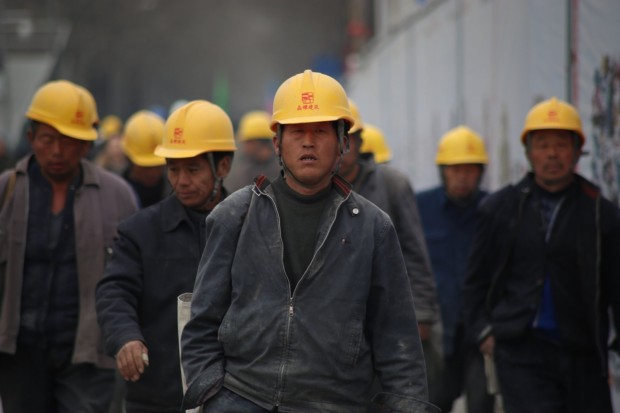In the construction industry, labor shortages continue to occur despite using technologically advanced equipment. According to experts, an additional 500,000 construction workers are needed to meet labor demand this year and balance their supply and demand.

(Photo : Pexels/Pixabay )
Construction Workforce Shortage
Even though the number of job opportunities remained historically high at an average of 377,000 each month during the first 11 months of 2023, the unemployment rate in the construction business in the United States averaged 4.6% for the second consecutive year in 2023, marking the second-lowest level on record. As a result of a lack of available personnel, contractors laid off employees at a rate lower than in any year from the beginning of the data series in 2000 to 2020.
Based on the Associated Builders and Contractors' proprietary model, it converts anticipated construction expenditures into labor demand at approximately 3,550 jobs per billion dollars of additional spending by utilizing the historical relationship between inflation-adjusted construction spending growth and payroll construction employment.
The president and chief executive officer of ABC, Michael Bellaman, stated that the construction industry in the United States needs to bring in approximately half a million new workers by the year 2024 to achieve a balance between supply and demand. As a result of the failure to address the shortfall through an all-encompassing strategy for workforce development, advances in the everyday built environment, worker productivity, living standards, and the places where people heal, learn, play, work, and congregate will be slowed down.
Moreover, given that over 50% of construction workers are aged 55 or above, retirement will continue to reduce the personnel in the industry. As per Anirban Basu, the chief economist of ABC, two elements generally shape the interplay between the supply of laborers in construction and the demand for them. The need for more young people who enter the skilled building trades can be attributed to structural issues, such as excessively high retirement rates, megaprojects in several corporate and public construction sectors, and cultural influence. Other elements include those that are structural, including those that are associated with interest rates, consumer mood, and the overall success of the economy.
Basu also mentioned that they are the personnel with the most experience, and the departures of these individuals are particularly troubling. On the other hand, assuming that the increase in construction spending would slow down significantly in the coming year, the sector will need to bring in almost 454,000 new workers in addition to the typical recruiting practices to meet the demand for building in 2025.
Also Read: Ukraine to Use 450,000 Lbs of Construction Waste For Reconstruction Purposes
Other Causes of Employment Vacancies in the Construction Industry
Employment vacancies in the construction industry have increased availability, although overall employment openings have decreased. Since the COVID-19 epidemic in 2020, there has been a decrease in the number of skilled workers applying for construction employment.
Regarding construction projects, the adverse effects of the labor shortage impact both the deadlines and the finances. Aside from the lack of available personnel, the need for more materials has delayed the project's completion. In addition, construction businesses have been forced to make up for this by increasing their rates, prolonging the time it takes to finish projects, and implementing new technologies.
Related Article: US Construction Spending Soars Despite Decline in Public Projects







